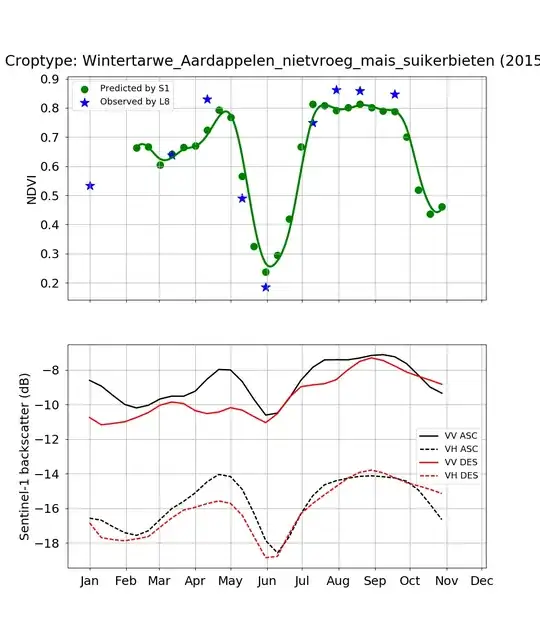$\hat{L}$ is the value of the assumed likelihood function evaluated at $\hat{\theta}$, i.e. at its maximum value for the observed data. If our likelihood function is $L(\mathbf{X};\theta)$ then $\hat{L}=L(\mathbf{X};\hat{\theta})$. $k$ is the number of model parameters being estimated.
For comparing 2 models, the one with lower AIC is preferred. Higher values of the log-likelihood imply lower values of the AIC, holding $k$ constant, while fewer model parameters also imply lower values of AIC, holding $\hat{L}$ constant. The idea is to reward higher likelihood and penalize each time you add a parameter to the model, as you are losing degrees of freedom.
Assuming you are intending to construct a 3-D plot using triplets (AIC,$\hat{L},k$) from various models you have estimated, I'm not sure the plot will give you much insight beyond simply looking at AIC. The problem with creating a surface (as mentioned in the answer from @Lucas Farias) is that $k$ alone does not tell us which regressors we are including. For example $y=a_0+a_1x+a_2z$ and $y=b_0+b_1w+b_2v$ both have $k=2$, but will yield different values of $\hat{L}$ and AIC.
